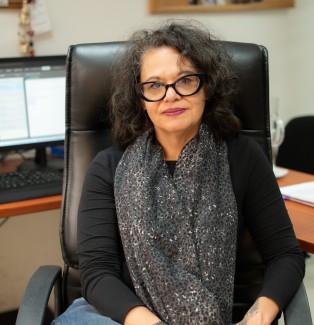When reflecting on peace agreements and their implementation, it is tempting to begin by saying that these processes are generally slow and complex. While that may be true in many contexts, it contributes little to the discussion about what has happened in Colombia since the government signed a final peace deal in November 2016 with the Revolutionary Armed Forces of Colombia, or FARC-EP—the oldest and largest guerrilla group in the county—that ostensibly ended 50 years of war.
Yet while more than 11,000 FARC-EP members have demobilized over the past five years, the county’s armed conflict rages on. The National Liberation Army, or ELN, the second most important guerrilla group in Colombia, is still active, as are groups of FARC dissidents who did not participate in or walked out on the peace process. This ongoing internal armed conflict and violence, mainly associated with drug trafficking and organized crime, has impeded the agreement’s implementation. The demobilization of the FARC-EP also left a military, political, and social vacuum in many regions that state and other public institutions could not immediately fill. The fight among illegal groups over control of these territories has degraded the country’s security situation, led to increased human rights violations, and triggered a humanitarian crisis in some regions comparable to that of the 2000s.
Colombia has historically failed in its attempts to reduce inequity and inequality, both of which require structural political and socioeconomic change. The Final Peace Agreement stipulated a series of reforms that, while limited, could set the country on the path toward profound societal transformation. For instance, the provisions on comprehensive rural reform and combatting illegal drugs, if implemented, could meaningfully improve the living conditions in communities most affected by war, inequality, and marginalization and help close the rural-urban divide. However, five years after the signing of the agreement, little has been accomplished, if measuring success by concrete results and not mere efforts of the government.
That said, other aspects of the agreement have been more positive. The role it has played in opening up democracy in the country is undisputable. The arrival to Congress of a political party established by former members of the FARC-EP is the best example of the new era of political pluralism ushered in by the agreement, in which diverse ideological positions can compete for power through democratic means.
The significant achievements of the Comprehensive System of Truth, Justice, Reparation, and Non-Recurrence should also be mentioned. Victims’—and society’s—right to truth about the armed conflict has taken center stage in the public arena. The light that the Special Jurisdiction for Peace and the Truth Commission have shed on large-scale human rights abuses has been a turning point in the country. Colombia will never be the same after learning about and recognizing the horrors of the war and once those responsible are held accountable and redress has been provided to the victims.
PHOTO: Two boys from the Cacarica river basin wave white flags at the opening ceremony of a memorial event in Chocó in 2019. (Maria Margarita Rivera/ICTJ)
